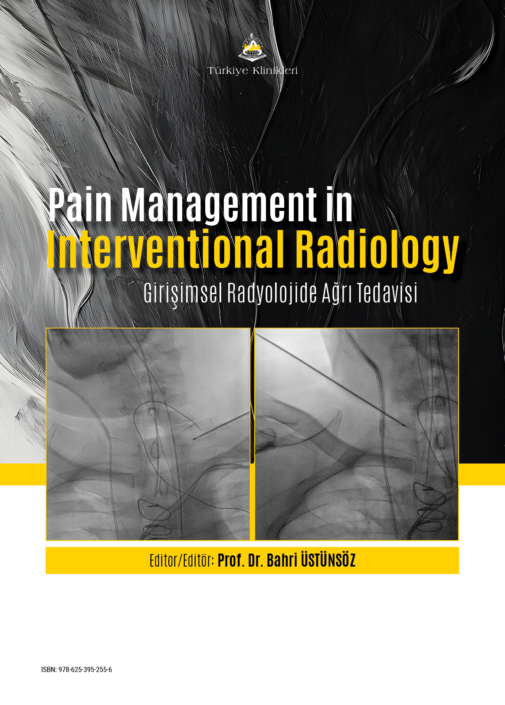The word ”pain” originated from Poena or Poine (the goddess of punishment in Greek Mythology). It has adverse effects on function, social and psychological well-being.
Despite being a common syndrome, it is often underestimated by healthcare givers and society itself. The prevalence of chronic pain ranges from 11% to 40%. An estimated 20.4% of U.S. adults (50 million) have chronic pain and 8.0% of U.S. adults (19.5 million) had high-impact chronic pain based on U.S. Department of Health and Human Services website https://health.gov/healthypeople/objectives-and-data/browse-objectives/chronic-pain. Therefore, pain is the most common reason for physician consultation globally. Patients with pain experience impaired concentration, working memory, mental flexibility, problem solving and information processing speed. These patients are more likely to experience irritability, depression, and anxiety.
Based on etiology, pain can be acute, subacute, recurrent, or chronic. For example, a rotten tooth can create pain. This is acute pain- as it can be managed by fixing the problem immediately. On the other hand, a condition such as pancreatitis can cause chronic abdominal pain. Consequently, its management can be more complex than a simple rotten tooth pain. For instance, chronic leg pain can be a part of complex regional pain syndrome in some clinical practices. In special cases, chronic leg pain can be even more complex than chronic pancreatitis pain. Pain generally starts as acute and if it is not resolved in a timely manner it goes into chronic stage. When it’s get chronic, it’s get more complex than acute phase.
For the last couple decades, pain was studied by many national/international pain societies. Both advancements in imaging technology and talent of Interventional Radiology physicians have opened a new window for the management of pain. High resolution and faster imaging abilities made it easier to localize anatomical points of interest for pain control precisely. Furthermore, the field of Interventional Radiology has started developing new techniques.
In our institution this year, 9.3% of cases were pain management procedures versus 5% five years ago. This increased role of IR in pain management prompted this book. The goal of this book is to not only serve as a reference for trainees, but also to update the knowledge of practicing interventionalists.
In this book, authors addressed following sections:
Pain Pathways and Mechanisms
Chronic Pelvic Pain: An Interventional Radiologist’s Guide to Common Neural Blockades and Neurolytic Procedures
Bone Interventions: Ablation and Embolization in the Knee and Shoulder
Somatic Nerve Blockade
The Role of Vertebral Augmentation in Pathologic Vertebral Compression Fractures
Intercostal Nerve Blocks, Ablations, and Infusion Catheters
Celiac Plexus Block and Neurolysis
Epidural Steroid Injections
Prof. Dr. Bahri ÜSTÜNSÖZ
Editor
Louisiana State University Health Science Center, Department of Radiology, Division of Interventional Radiology, New Orleans, LA, USA
Bölümler
Pain Pathways and Mechanisms
Bahri ÜSTÜNSÖZ, Damla ÜSTÜNSÖZ
Chronic Pelvic Pain: An Interventional Radiologist’s Guide to Common Neural Blockades and Neurolytic Procedures
Cayley LEBLANC, Dan F. LANEY IV, Alexandra H. FAIRCHILD
Bone Interventions: Ablation and Embolization in the Knee and Shoulder
Mehmet Fatih İNECİKLİ, Ömer Fatih NAS
Somatic Nerve Blockade
Bahri ÜSTÜNSÖZ, Andrew S. EA
The Role of Vertebral Augmentation in Pathologic Vertebral Compression Fractures
Andre UFLACKER, Ricardo YAMADA, David Thor JOHNSON
Intercostal Nerve Blocks, Ablations, and Infusion Catheters
Hector FERRAL, Samantha PARROTTE, John ANDERSON
Celiac Plexus Block and Neurolysis
Matthew D. GIVENS, Leonard R. BOK, Rebecca D. CHASON
Epidural Steroid Injections
Michael MARISTANY, Marc RAJ, Alpha ANDERS



